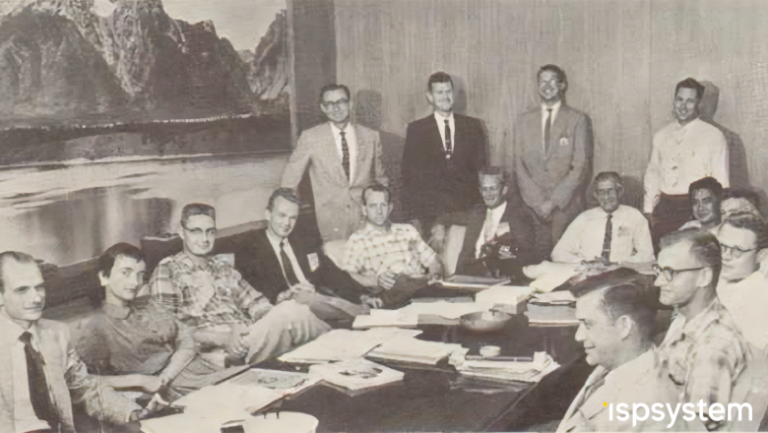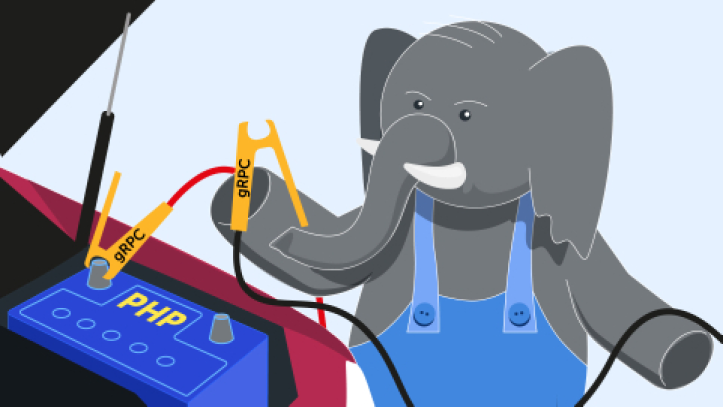10. Special linear systems
We continue publishing lectures on the subject “Control in Technical Devices” Author Oleg Stepanovich Kozlov. Department of “Nuclear Power Plants” of Bauman Moscow State Technical University. This is perhaps the first lecture where the theory of automatic control is applied directly to such devices as nuclear reactors. In an entertaining video we will show how a model with 5 parameters can be replaced by a model with hundreds of parameters and pages of three-story formulas.
In previous episodes:
1. Introduction to the theory of automatic control. 2. Mathematical description of automatic control systems 2.1 – 2.3, 2.3 – 2.8, 2.9 – 2.13.
3. Frequency characteristics of links and automatic control systems. 3.1. Amplitude-phase frequency characteristic: hodograph, APFC, LAC, PFC. 3.2. Typical links of automatic control systems. Classification of typical links. Simplest typical links. 3.3. Aperiodic link of the 1st order – inertial link. Using the example of the inlet chamber of a nuclear reactor. 3.4. Aperiodic link of the 2nd order. 3.5. Oscillatory link. 3.6. Inertial-differentiating link. 3.7. Forcing link. 3.8. Inertial-integrating link (integrating link with deceleration). 3.9. Isodromic link (isodrome). 3.10. Minimum-phase and non-minimum-phase links. 3.11 Mathematical model of neutron kinetics in a “point” reactor of “zero” power.
4. Structural transformations of automatic control systems.
5. Transfer functions and equations of dynamics of closed-loop automatic control systems (ACS).
6. Stability of automatic control systems. 6.1 The concept of ACS stability. Lyapunov's theorem. 6.2 Necessary conditions for the stability of linear and linearized ACS. 6.3 Hurwitz's algebraic stability criterion. 6.4 Mikhailov's frequency stability criterion. 6.5 Nyquist criterion.
7. Accuracy of Automatic Control Systems. Part 1 and Part 2
8. Transient Quality. Part 1 and Part 2
9. Synthesis and correction of automatic control systems (ACS).
10.1 The simplest model of pipeline dynamics
Special linear CAPs are usually considered to be systems in which there are elements (links) described linear partial differential equations of dynamics, i.e. there are links where the variable depends not only on time





